Four escapes where the olive trees grow

Roula Khalaf, Editor of the FT, selects her favourite stories in this weekly newsletter.
A Tuscan classic
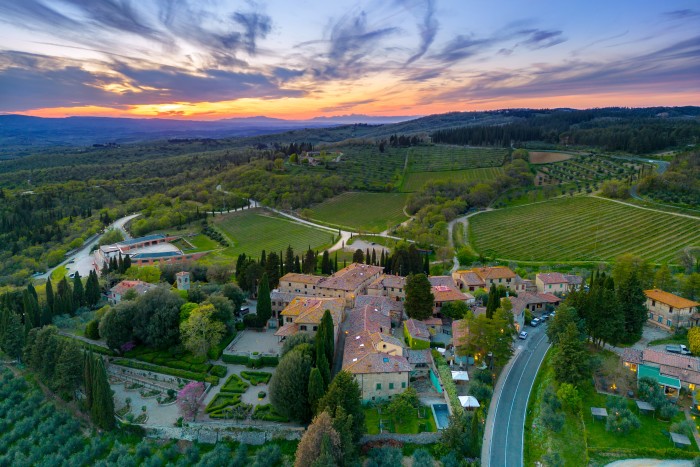
The whole “which Italian region makes the best olive oil?” debate is a bit loaded, along the lines of “which Serie A team is best?”: inevitably heated, and usually all about the birthplace. But lots of chefs and food pros seem to agree that Tuscan products are, on average, excellent, due to the combination of climate, terroir and the longstanding history of many of the estates. Not surprisingly, a lot of the top winemakers also produce excellent extra-virgin oil.
One of those oils is Laudemio, which mill is owned by the Frescobaldi family: the quality is impeccable, the packaging sublime, and the groves and press are just a 30-minute drive from Florence. Another is Castello di Fonterutoli, in the heart of Chianti, which was founded by the Mazzei family in 1435. They’ve been making sought-after sangiovese-based reds here more or less since, including Badiola, an excellent Chianti Classico gran selezione, and a handful of Super Tuscans. Oh, and really good extra-virgin olive oil: they call it Cru (mazzei.it, about £24), and it’s a limited-edition estate product – the fruit is hand-picked and pressed within two hours of coming off the tree. It also looks very fetching on your kitchen bench.
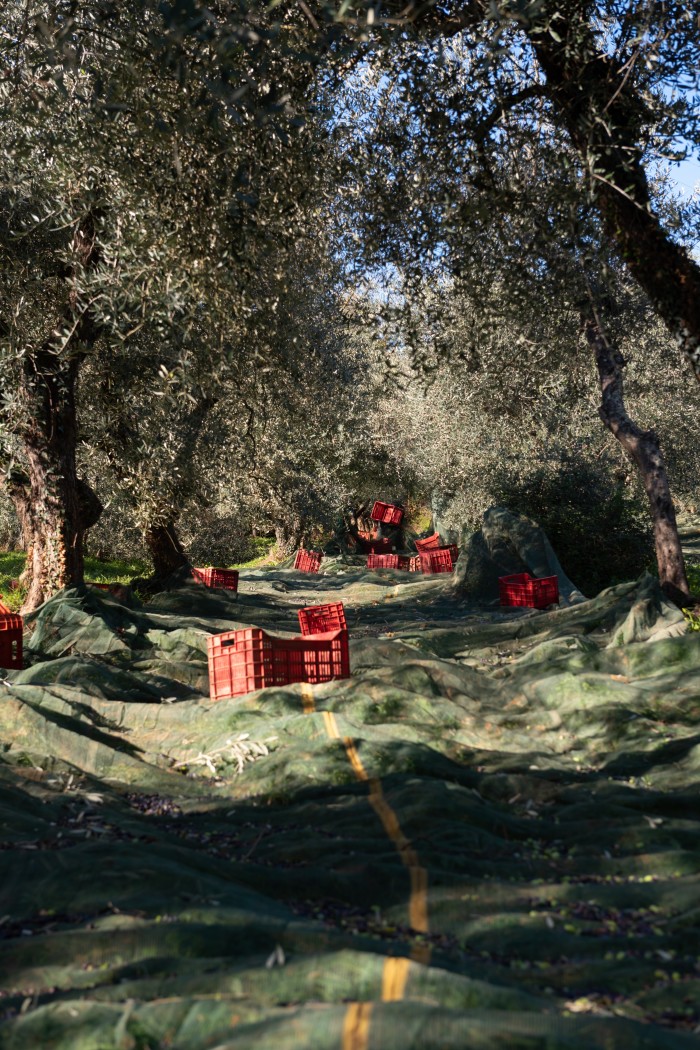
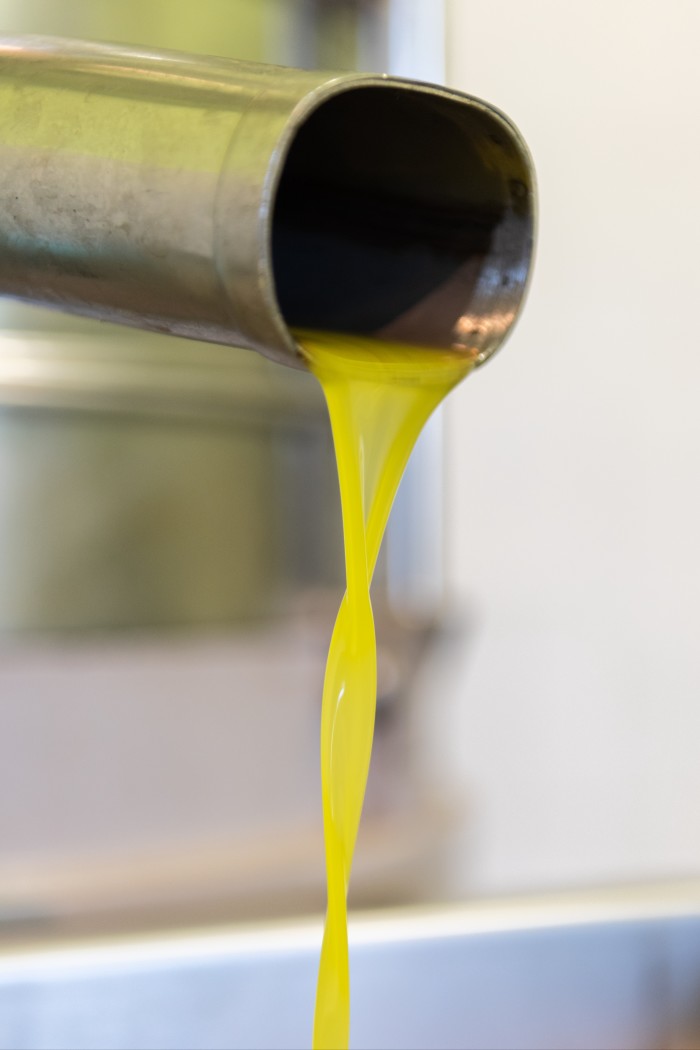
Stay: the Mazzeis converted the borgo at Fonterutoli into a charming B&B proposition several years ago. The handful of rooms and apartments are elegant-trad, clean-lined and pretty. You’re perfectly situated to venture out and taste elsewhere in the area, and 20 minutes from Siena (the view of which, from the restaurant’s terrace, is straight out of a Lippi canvas). mazzei.it, from about €160
It’s all Greek…

My first experience of Greek olive oil, an epoch ago, was, embarrassingly, from Waitrose (no shade on them, but hardly purveyors of collectible oils). It was delicate, though, and surprisingly good; far more so the single-estate, far posher one I brought home several years later from Paxos.
The Ionian Islands are known for their quality product, but apparently it’s Koroneiki olives – which grow in abundance in Messenia and on the Mani peninsula, where they’ve been cultivated for thousands of years – that produce the finest: not too intense, not too peppery, sometimes with an almond-y base note. Producers range from major commercial distributors (not necessarily bad, when 80 per cent of Greek oil qualifies as extra virgin) to tiny mom-and-pop purveyors who bottle at home. Rachi of Mani (rachiofmani.com, from €20) – which has been making organic, high-phenolic, EVOO (extra-virgin olive oil) from trees cultivated around Gythio, in Mani’s north, for more than 300 years – is one example.
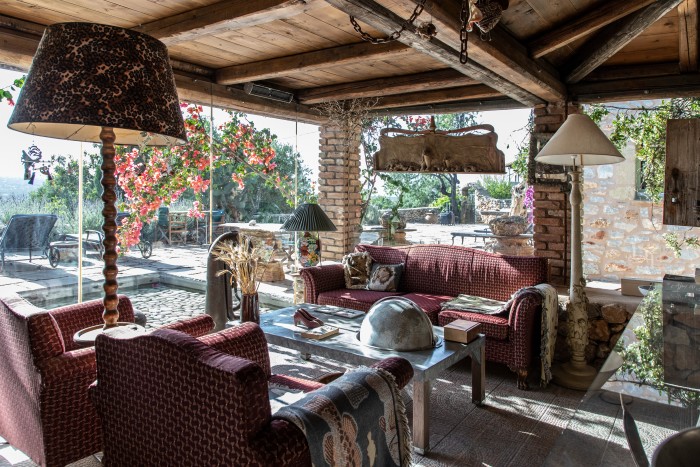
Stay: Citta dei Nicliani is about a 90-minute drive down the peninsula, passing a clutch of small, boutique olive-oil makers (Spyreas and Psaltiras are two around Kardamyli, which is en route and worth stopping in). In the tiny village of Kitta, the hotel’s 18th-century towers contain just seven gorgeous stone-walled rooms, and there’s atmosphere in excess in its sitting rooms and on the terrace, where excellent food is served. cittadeinicliani.com, from about £160
Press on to Sonoma

Napa and Sonoma are California’s wine capitals. Not quite as many of the Golden State’s premier or boutique winemakers have a side gig in growing olives as in Tuscany (or Umbria, or Sicily); but in the absurdly postcard-pretty hills of western Sonoma, just above Marin County, you’ll find one of the places that played a role in putting the state on the international EVOO map. McEvoy Ranch estate-grows and cold-processes every last product they make, whether it eventually goes into a pretty bottle intended for your dining table, or one of the lip balms, face oils or hand soaps they’ve formulated as part of their Ode line of olive oil-based beauty and home products.
This being northern California, much homage is paid to early-harvest product, and the anti-oxidant/anti-ageing properties the oils possess. They also divert quite a way from the old-world playbook, with ginger-, chai spice-, and (oh dear) jalapeno-fused blends. But their classic EVOO is excellent: grassy, slightly astringent, ideal on salad leaves and grilled veg. The farm itself, just outside Petaluma, is lovely, the locus of tastings and live events. This is one of the nicest towns in Sonoma County and one of the state’s oldest, with gorgeous frontier-Victorian architecture, nice cafés, great shopping, tramping trails for miles around, and just 25 outrageously scenic minutes of driving separating you from the Pacific.


Stay: Nick’s Cove is on Tomales Bay, and one of the most atmospheric places to live out your NorCal fantasies. Technically it’s across the border in Marin County, but an easy drive to Petaluma (and a handful of other Sonoma-based oil producers, such as award-winning winery Jordan and Dry Creek Olive Oil). You’ll sleep in a cabin on stilts above the water, or a cottage just the other side of the two-lane Highway 1. Modest and sweet on the outside, they’re cosy on the inside, with fireplaces, huge down-swathed beds, leather club chairs and claw-footed tubs. The restaurant is a Bay Area destination, now under the aegis of US celebrity chef Chris Cosentino; a half-dozen of the local Marin Miyagis, served with house-made celery mignonette, is not to be missed. nickscove.com, from about £321
Pick South America
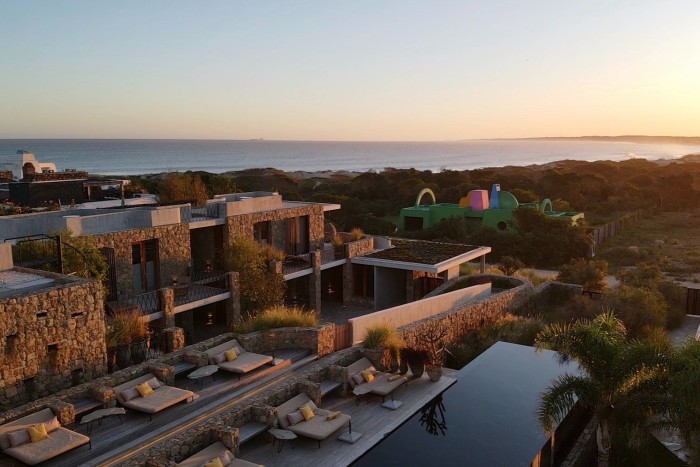
Enough European (and specifically Italian) oeno-and gastro-culture made its way to South America throughout the 20th century that it’s no real surprise some very good, and historic, olive oil is coming out of Uruguay and Argentina. In the former, Colinas de Garzón (colinasdegarzon.com, from $7.25) is the name to know, and – no surprise here, either, for those who know anything about the Punta del Este area – open-fire cooking celebrity chef Francis Mallmann is their spokesperson.
Garzon is only a couple of miles from the coast; the olive trees originate from Spain, Italy, France, Israel and Argentina, and spread over 5,000 hectares. Something about the varietals mixing and the ocean air apparently lends special character. The olio novo – ultra-fresh press, fresh to the shelf – is a reassuring deep green. There are tri- and bi-varietal blends too, with modulated aromas and flavour notes: grass, arugula, black pepper, green tomatoes. The mill is a stunning modern stone-and-glass building. Tours and tastings are occasionally scheduled for the public, with delectable artisanal breads, but check the schedule well before you travel – they’re not always regular, and numbers are limited.
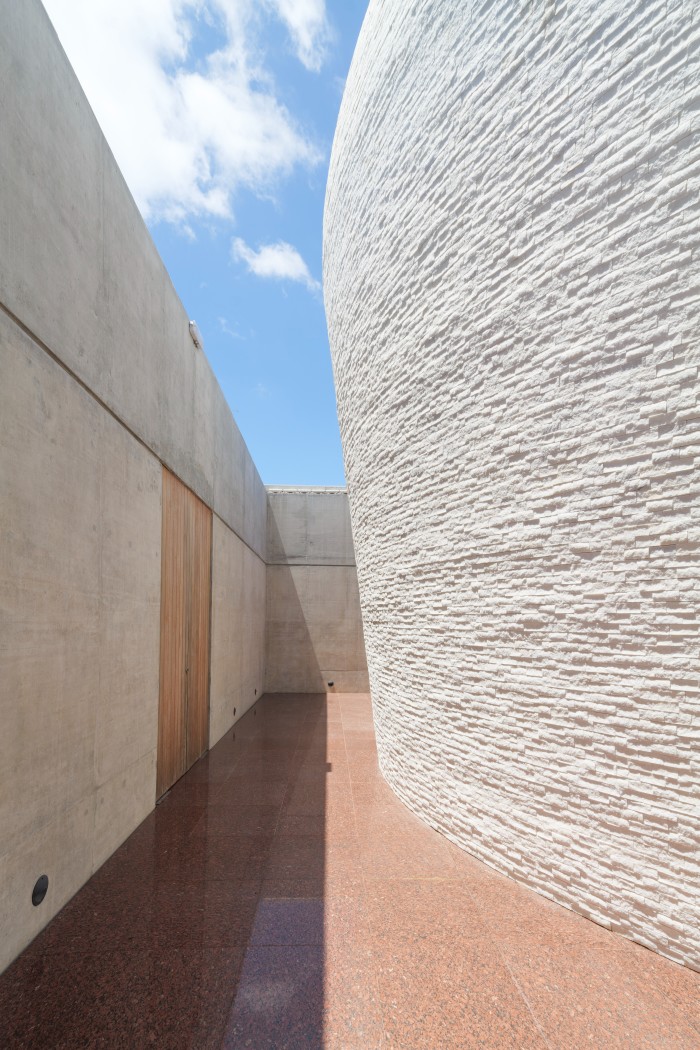

Stay: Mallmann’s Hotel El Garzon is the bed of choice in these parts – low-slung, whitewashed, a former general store, it’s the epitome of low-fi Uruguayan beach chic. Further afield, if you care to go, there’s Posada Ayana, close to Mansa Beach, with 17 bedrooms, a very pretty pool – and a James Turrell Skyspace installation on the grounds. restaurantegarzon.com, from $870. posada-ayana.com, from about $450
Comments